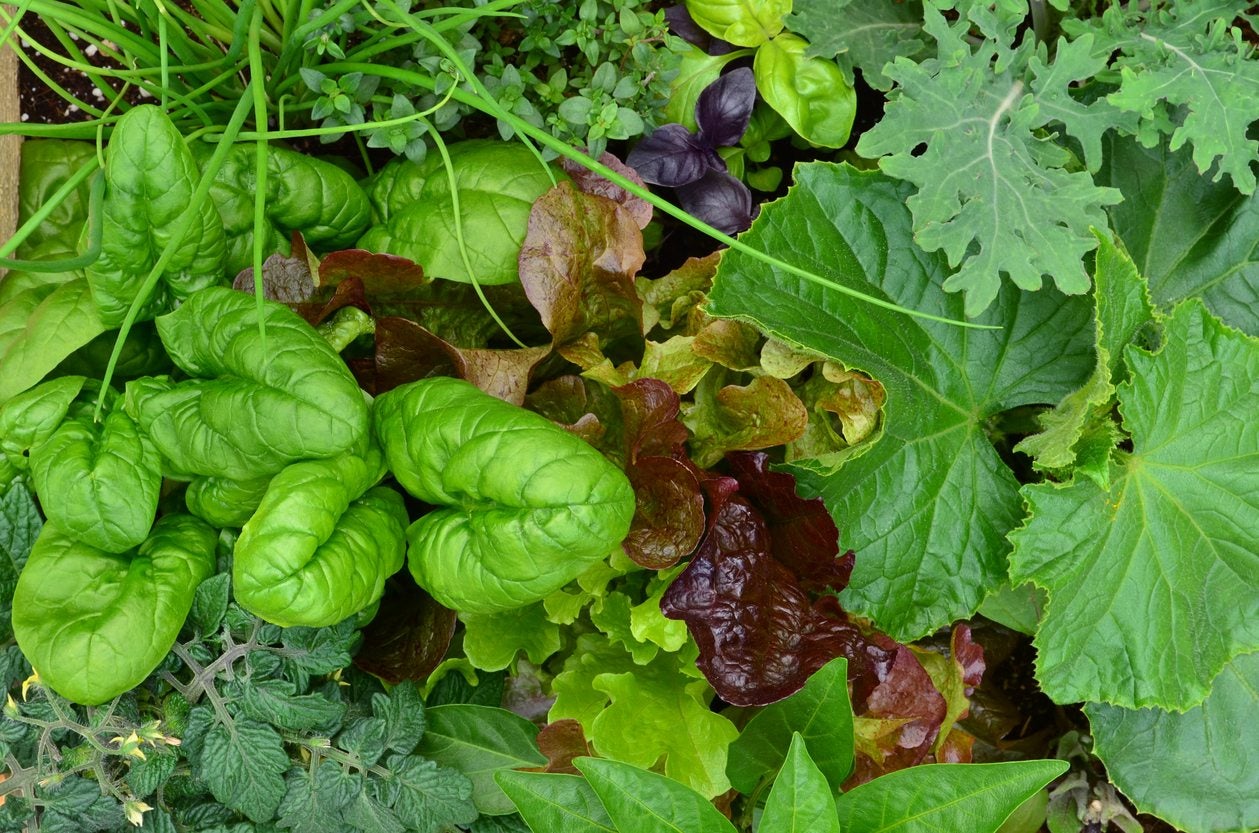Zone 3 Vegetable Gardening: When To Plant Vegetables In Zone 3 Regions


Zone 3 is cold. In fact, it’s the coldest zone in the continental United States, just barely reaching down from Canada. Zone 3 is known for its very cold winters, which can be a problem for perennials. It’s also known for its especially short growing season, which can be a problem for annual plants as well. Keep reading to learn more about when to plant vegetables in zone 3 and how to get the best out of zone 3 vegetable gardening.
Vegetable Planting Guide for Zone 3
Zone 3 is designated by the average lowest temperature reached in winter: between -30 and -40 degrees F. (-34 to -40 C.). While it is temperature that determines the zone, each zone tends to conform to an average date for the first and last frost dates. The average last frost date of the spring in zone 3 tends to be between May 1st and May 31st, and the average first frost date of the autumn tends to be between September 1st and September 15th. Just like minimum temperature, none of these dates are a hard and fast rule, and they can deviate even from their several week window. They’re a good approximation, however, and the best way to determine a planting schedule.
Planting a Zone 3 Vegetable Garden
So, when to plant vegetables in zone 3? If your growing season coincides with the unluckier average frost dates, that means you’re going to have just three months of frost-free weather. This is simply not enough time for some vegetables to grow and produce. Due to this, an essential part of zone 3 vegetable gardening is starting seeds indoors in the spring. If you start seeds indoors as early as March or April and transplant them outdoors after the last frost date, you should be able to have success even with hot weather vegetables like tomatoes and eggplants. It helps to give them a boost with row covers to keep the soil nice and warm, especially early in the growing season. Cooler weather vegetables can be planted directly in the ground in mid-May. No matter what you do, always opt for early maturing varieties. There’s nothing sadder than nurturing a plant all summer only to lose it to frost before it’s even ready for harvest.
Gardening tips, videos, info and more delivered right to your inbox!
Sign up for the Gardening Know How newsletter today and receive a free copy of our e-book "How to Grow Delicious Tomatoes".

The only child of a horticulturist and an English teacher, Liz Baessler was destined to become a gardening editor. She has been with Gardening Know how since 2015, and a Senior Editor since 2020. She holds a BA in English from Brandeis University and an MA in English from the University of Geneva, Switzerland. After years of gardening in containers and community garden plots, she finally has a backyard of her own, which she is systematically filling with vegetables and flowers.